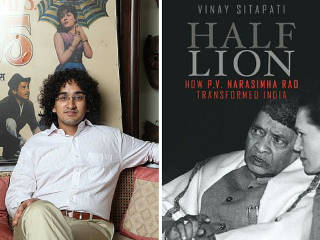

On opening the economy to the private sector, he played the lion pitching for foreign investment and also played the mouse when it came to protecting State employees. He did not have a full majority in Parliament and had to face no-confidence motions several times yet he survived working around the traps. Sitapati says Rao (almost) mastered this art of playing both the lion and the fox (and even the mouse). This description of depicting politicians as lion/fox resembles describing central bankers as hawks (tightens interest rates), doves (eases interest rates) and owls (watchful). Whereas a fox knows the traps but cannot defend against the wolves. The lion knows how to scare wolves but does not know the traps. Sitapati quotes Machiavelli who said a prince must imitate both a lion and a fox. Rao’s life was brought to recent attention thanks to Vinay Sitapati’s biography Half Lion. Yet he is often not given his due, and his image and decades of hard work were tarnished due to the corruption charges against him. Despite all these pressures, Rao managed to not just serve his five-year term but also laid foundations for today’s Indian economy. Globally, the world was torn due to a break-up of the Union of Soviet Socialist Republics (USSR), a long-term ally of India. He became Prime Minister when India was facing both a political and an economic crisis. After all, no one really faced these pressures better than Rao. On Rao’s centenary, we need to reflect on his life and lessons in a world which is getting increasingly divided on political and economic lines. Apart from being the Prime Minister from 1991 to 1996, he held most of the important political portfolios during his career: External Affairs Minister, Home Minister, Defence Minister, Chief Minister of Andhra Pradesh, and so on.

In 1921, Rao was born in a village in then Nizam-ruled Hyderabad. Today (June 28) marks the birth centenary of PV Narasimha Rao, India’s ninth Prime Minister.


 0 kommentar(er)
0 kommentar(er)
